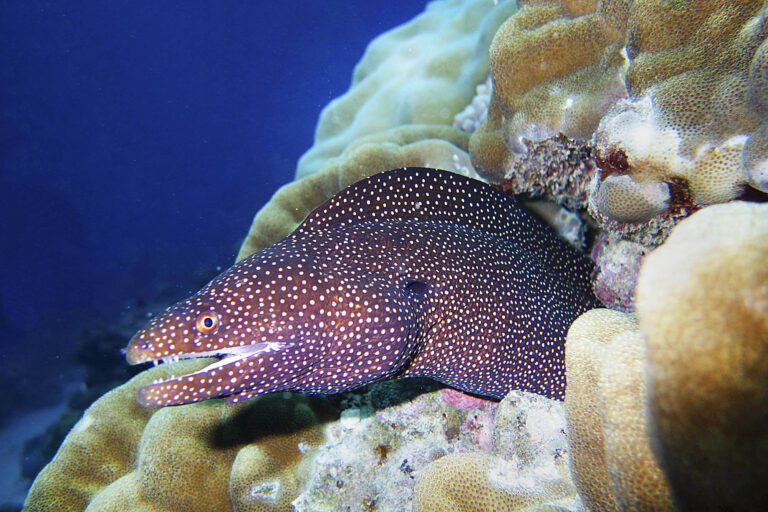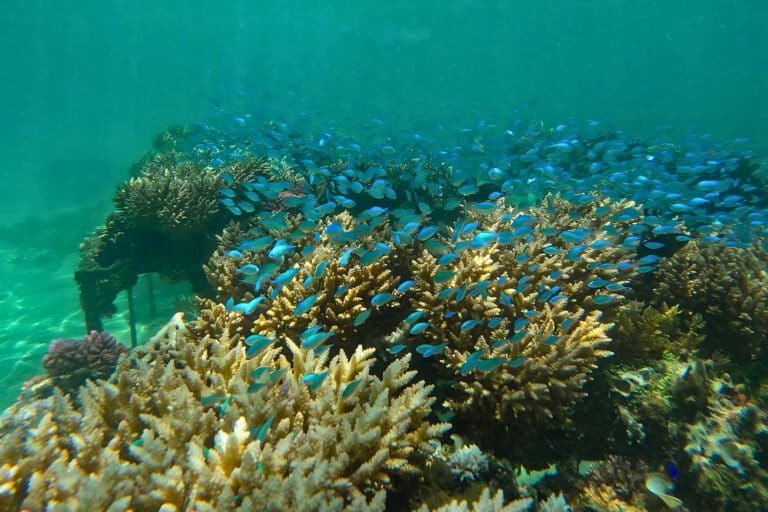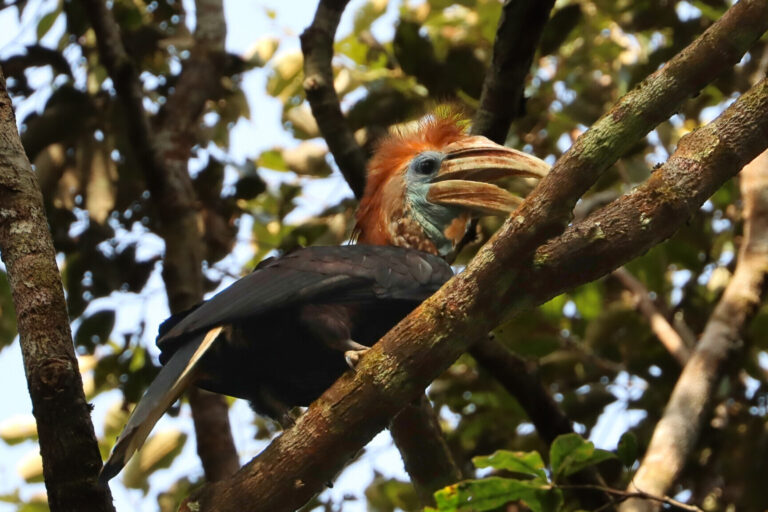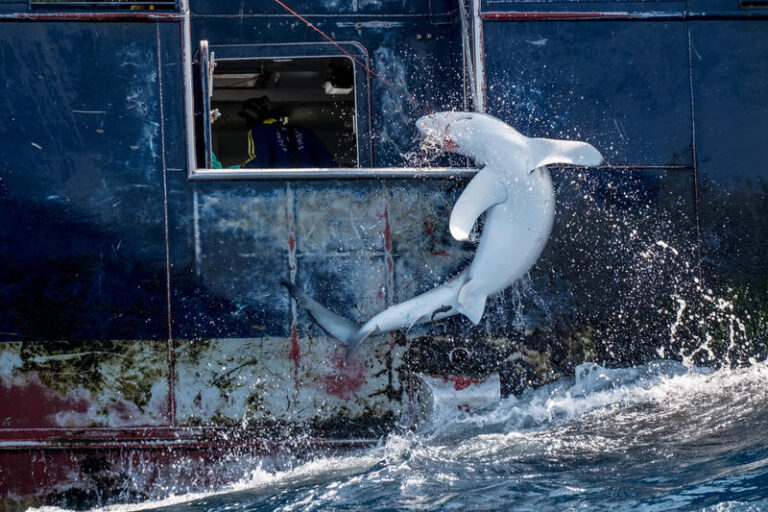- An undercover reporting initiative by Indonesian media has highlighted loopholes that allow protected sharks to be sold abroad.
- Shark products, mostly fins, end up being exported to Hong Kong, China, Singapore, Japan and Thailand.
- In Indonesia, some endangered shark species are allowed for limited catch, but not for export, but traders find their way around this prohibition by concealing the fins from customs authorities.
- Indonesia is home to more than a quarter of the world’s 400 known shark species; a fifth of all shark species are endangered.
JAKARTA — A months-long joint investigation by Indonesian media has shed new light on the ploys used by fishermen and traders to illegally export endangered shark species.
Investigative magazine Tempo published the report on Jan. 25, focusing on the illegal shark trade linking fishermen on the island of Lombok and exporters in the port city of Surabaya.
The investigation showed that products from some shark species banned for export under Indonesian law were being sold by the fishermen to the exporters. The products, mostly shark fins, end up being exported to Hong Kong, China, Singapore, Japan and Thailand.
Indonesia allows the catch of some endangered shark species, but only for domestic consumption. It also prohibits the practice of shark finning, where fishermen slice the fins off live sharks and leave the fish to die.
The investigative report cited a top buyer of shark products in Lombok, Suparman, as saying that he never bought species that were prohibited from being caught. “The fishermen in East Lombok know very well which shark or ray [species] they’re allowed to catch and which ones are prohibited,” he told Tempo in August 2019.
The fishermen typically sell sharks whole at market, while bulk buyers like Suparman take on the task of cutting them up.
“We only sell the fins to the exporters,” Suparman said, adding that silky sharks (Carcharhinus falciformis) typically accounted for 70% of what he bought. For this particular species, Indonesian law prescribes a quota for both catch and export.
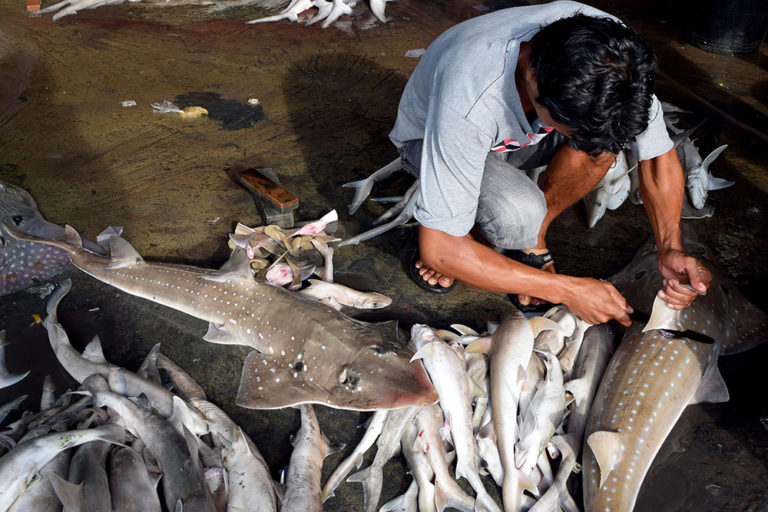
The investigation then continued to one of Suparman’s regular buyers in Surabaya, a company called CV Mandiri. Fronting as a potential supplier, Tempo’s reporters learned from the owner, Andrew Paul Djunaidi, that the business received any shark species, with all the products sold abroad.
CV Mandiri is the top applicant for export permits for shark fins and rays, according to the marine management agency in Surabaya. Andrew inherited the business from his father, Paul Djunaidi, who heads Indonesia’s Shark Fin Business Association. Andrew told the undercover reporters that he knew of tricks that enabled him to export shark fins.
The products for export are meant to be inspected by customs authorities before leaving the country. But in Surabaya, home to Indonesia’s second-biggest port, officers are often overwhelmed by the quantity of outgoing cargo, and when faced with a crate of shark parts, typically only check the top layer, according to the investigation. The exporters, meanwhile, stack the fins from protected shark species in the middle or bottom layers of the crate.
Shark fin soup is a dish that symbolizes wealth and status in Chinese culture, and has long been an essential part of banquet celebrations. For a long time only the wealthy could afford it, but demand has soared in recent decades with the boom in China’s newly affluent middle class.
Demand for shark fin tops 800,000 metric tons a year. Some 230 metric tons were shipped out of Surabaya alone between January and October last year. The demand has put massive pressure on shark populations around the world, with a 2013 study in the journal Marine Policy estimating that between 63 million and 273 million sharks are killed each year, including those killed for their fins.
Indonesia is home to more than a quarter of the world’s 400 known shark species; a fifth of all shark species are endangered.
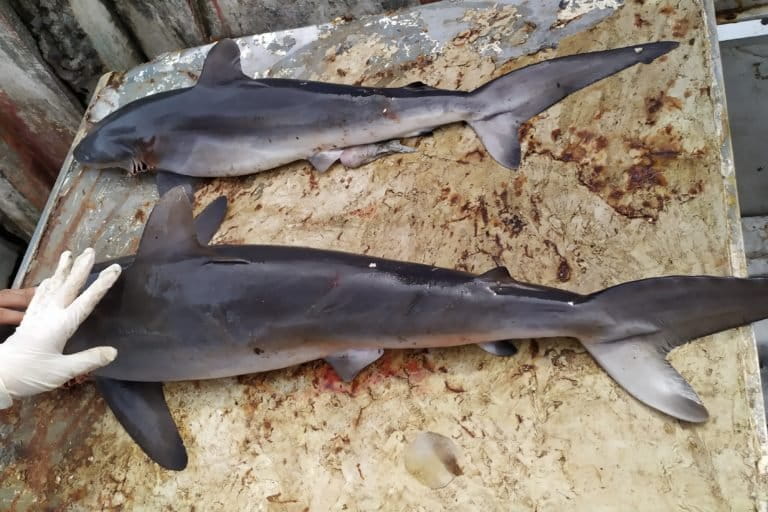
FEEDBACK: Use this form to send a message to the author of this post. If you want to post a public comment, you can do that at the bottom of the page.







